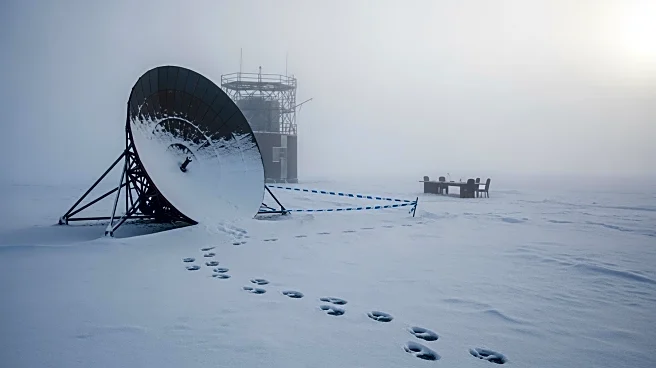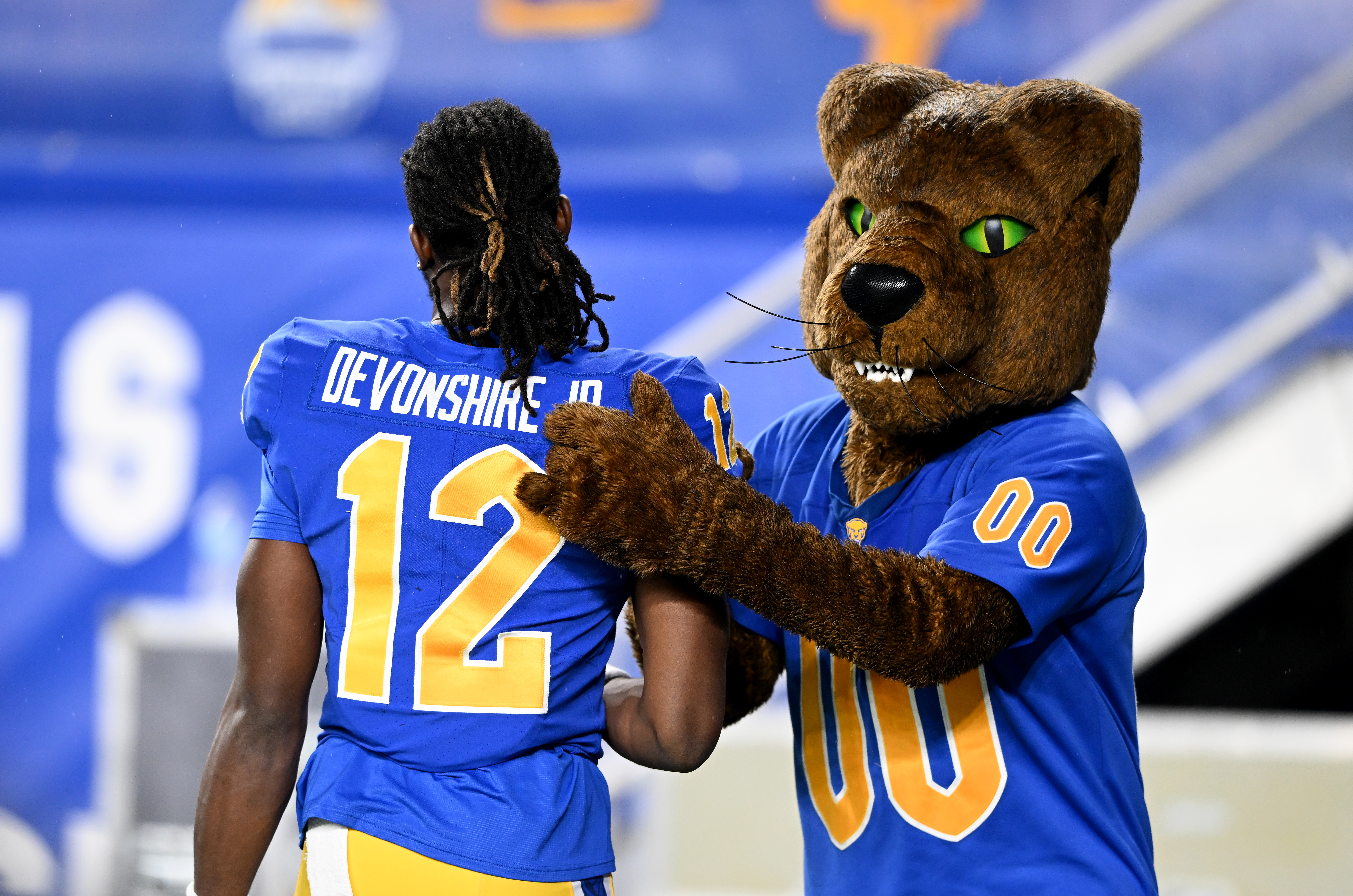What's Happening?
Christopher Best, a Canadian radar technician, was killed by polar bears while photographing them at a remote Arctic outpost on Brevoort Island. Best had left the safety of the facility to take photos
of a bear, unaware of a second bear nearby. Despite warnings and safety measures, the bears attacked, resulting in Best's death. The incident has raised concerns about safety protocols at remote facilities, with calls for improved measures to prevent similar tragedies.
Why It's Important?
This tragic incident highlights the dangers faced by workers in remote and wildlife-rich environments. It underscores the need for stringent safety protocols and awareness training to protect individuals from wildlife encounters. The event also raises questions about the responsibilities of companies operating in such areas to ensure the safety of their employees. As climate change affects wildlife behavior and habitats, the risks of human-wildlife conflicts may increase, necessitating proactive measures to safeguard human lives.
Beyond the Headlines
The incident may prompt a reevaluation of safety standards and emergency response procedures at remote facilities. It also brings attention to the broader issue of human encroachment on wildlife habitats and the ethical considerations of working in such environments. As industries expand into remote areas, balancing economic interests with environmental and safety concerns will be crucial to prevent future tragedies.












